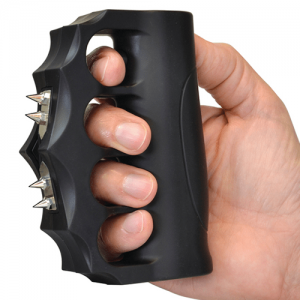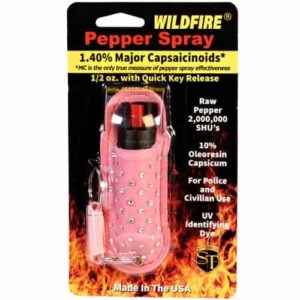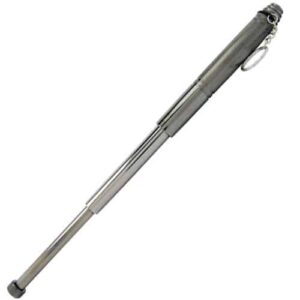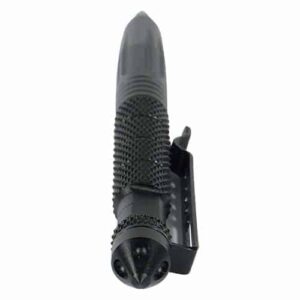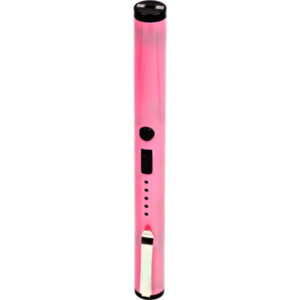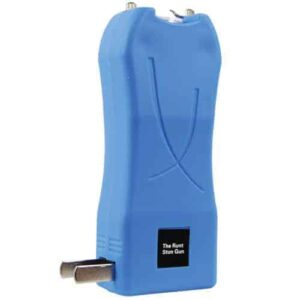Looking into the heart of self-defense tools, it’s time to thoroughly comprehend what makes up pepper spray, a widely recognized and utilized safety measure. Be prepared to unravel what gives this compact, non-lethal weapon its potency. Your understanding is about to get a spicy boost as you explore the essential components of pepper spray, a key tool in personal protection.
Table of Contents
ToggleCapsaicin
Description
Capsaicin is a very interesting ingredient, it’s the chemical that makes peppers spicy. It is an odorless and colorless compound that is naturally found in chili peppers. The heat you feel when you consume a hot pepper or any spicy food is actually due to capsaicin. This chemical isn’t just for making your food tasty though, it also has various other applications, and is the primary active ingredient in pepper spray.
Effectiveness
Capsaicin is extremely effective at causing a burning sensation and discomfort, which makes it perfect for use in self-defense sprays. When sprayed into the eyes, it causes intense pain, temporary blindness, and inflammation of the mucous membranes. This makes it very difficult for anyone who has been sprayed to see or breathe, allowing the victim to escape.
Side effects
Though capsaicin in pepper spray is effective for self-defense, it does come with a number of side effects. These include burning sensations in the eyes and skin, temporary blindness, coughing, difficulty breathing, and even nausea and vomiting. Longer-term effects may include damage to the cornea if the eyes are not quickly and thoroughly rinsed. Despite these side effects, capsaicin itself is not life-threatening.
Oleoresin Capsicum (OC)
Definition
Oleoresin Capsicum (OC) is a naturally occurring substance found in a variety of hot peppers. It’s actually the oily resin that holds the capsaicin. It is known for its pungent smell and spicy flavor, and it is what gives pepper spray its intense effect.
Extraction process
The extraction of Oleoresin Capsicum is typically done through a process called steam distillation. In this method, the hot peppers are subjected to high heat and steam to break down the cell walls and release the oil. The steam and oil mixture is then cooled and separated, leaving behind the Oleoresin Capsicum.
Concentration levels
The concentration levels of OC in pepper spray can vary quite a bit. Some sprays may contain as little as 0.2% OC, while others may contain up to 10%. The higher the concentration, the more intense the effects will be when the spray is used.

Other Active Ingredients
Alcohol
Alcohol is often used in pepper spray as a carrier for the other active ingredients. It aids in the dispersion of the spray, helping to spread the capsaicin and OC effectively. In addition, it can also intensify the burning sensation caused by the capsaicin.
Propellant
The propellant is what makes the pepper spray actually spray. It is typically a gas or liquid that is under pressure. When the spray button is pressed, the pressure is released, and the pepper solution is expelled from the canister. Common propellants include nitrogen, carbon dioxide or hydrofluorocarbons.
Dye
Some pepper sprays also contain a dye. This is usually a bright, easily visible color like red or orange. The purpose of the dye is to mark the attacker, making them easier to identify later.
UV Indentifying Dye
In addition to a visible dye, some pepper sprays contain a UV identifying dye. This dye is invisible to the naked eye, but under UV light, it will glow. This can be useful for law enforcement to identify an attacker after an incident, even if they have attempted to wash off any visible dye.
Inactive Ingredients
Water
Water is often used as a base in pepper spray. It carries the capsaicin, OC, and any other ingredients, and helps to make the spray easier to dispense.
Emulsifiers
Emulsifiers are used in pepper spray to keep the oil and water from separating. Without emulsifiers, the oil (which contains the capsaicin and OC) would float on top of the water, potentially reducing the effectiveness of the spray.
Preservatives
Preservatives are necessary in pepper spray to prevent the active ingredients from degrading over time. They ensure that the spray will remain effective for as long as possible.

Capsicum Annuum
Origin
Capsicum Annuum is a species of pepper that originated in the Americas. It includes a wide variety of peppers, including bell peppers, jalapenos, and cayennes.
Description
Capsicum Annuum peppers can range in size, shape, and color. They can be small and round, long and thin, or large and blocky. The color can be green, red, yellow, orange or even purple, depending on the variety and level of maturity. The heat level can also vary quite a bit, from sweet and mild to moderately hot.
Varieties
There are numerous varieties of Capsicum Annuum, which include bell peppers, cayenne peppers, jalapenos, serrano, and anaheim peppers, to name a few.
Capsicum Frutescens
Origin
This species of pepper also originates from the Americas and is most commonly found in South and Central America.
Description
Capsicum Frutescens peppers are typically small and thin, often with a pointed tip. They are usually red when mature, and they tend to be very hot, much hotter than most Capsicum Annuum varieties.
Varieties
The most well-known variety of Capsicum Frutescens is probably the tabasco pepper, used to make the famous Tabasco sauce.

Capsicum Chinense
Origin
Despite its name, Capsicum Chinense did not originate in China. This species actually hails from Central and South America.
Description
These peppers can range in size and shape, though they tend to be fairly small with a slightly wrinkled appearance. They can be quite hot, with some varieties being among the hottest in the world.
Varieties
Capsicum Chinense includes some very famous varieties, such as the habanero, the Scotch bonnet, and the ghost pepper.
Capsicum Baccatum
Origin
Capsicum Baccatum is another pepper species that originally comes from South America.
Description
These peppers are typically long and thin, often with a slightly pendant shape. They can be a variety of colors when mature, though red and yellow are most common. They are medium to hot in terms of spice level.
Varieties
Some of the popular varieties of this species include the aji amarillo, bishop’s crown, and the lemon drop pepper.
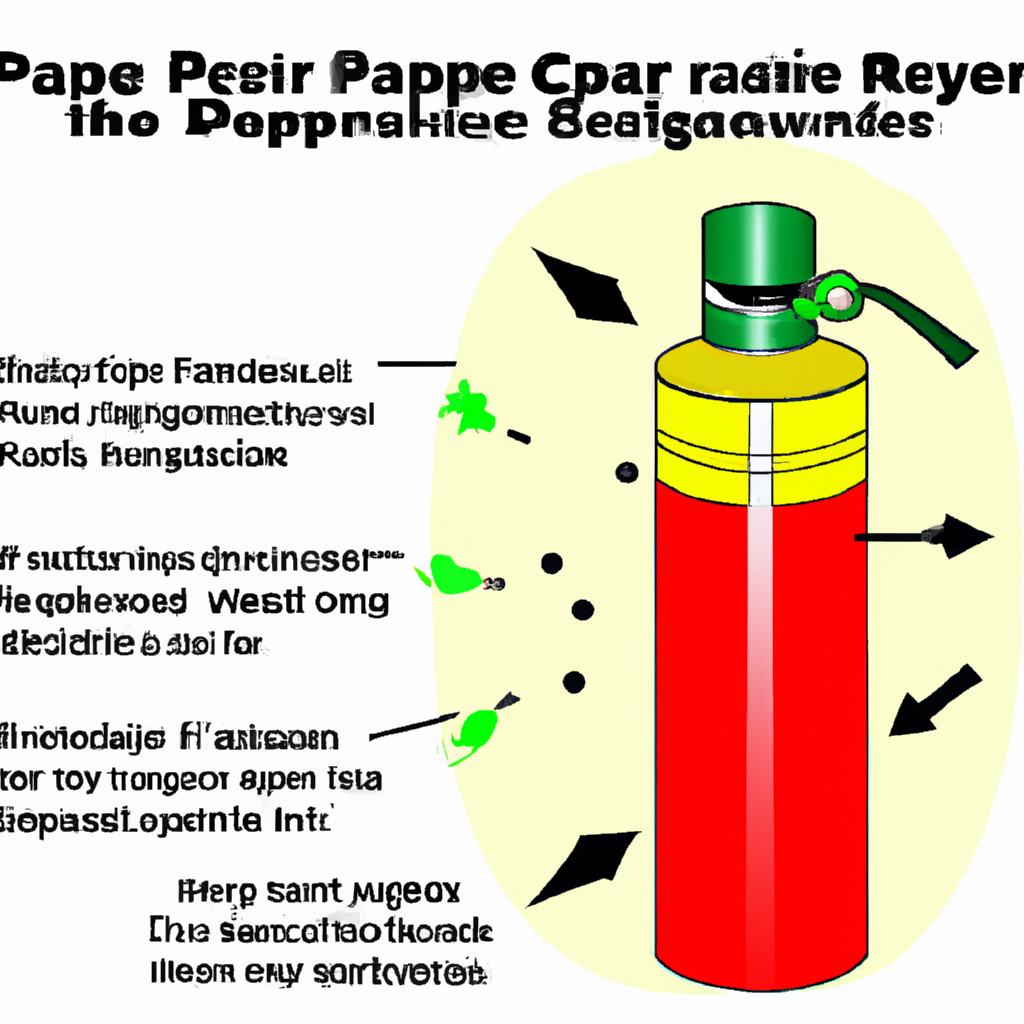
Scoville Heat Units (SHU)
Definition
The Scoville Heat Unit (SHU) is a scale that measures the spiciness or heat level of peppers. It was named after the pharmacist Wilbur Scoville, who invented the scale in 1912.
Measurement
The Scoville scale is determined by measuring the amount of capsaicin present in a pepper. This is usually done through a form of liquid chromatography. The higher the SHU, the hotter the pepper.
Implications
Understanding the SHU of a pepper or a pepper product like pepper spray can help you understand how hot it will be, and therefore, how unbearable it will be to an attacker.
Effects on the Body
Immediate Effects
The immediate effects of being sprayed with pepper spray include temporary blindness, intense burning of the skin and eyes, coughing, difficulty breathing, and even nausea and vomiting.
Long-term Effects
Generally, the effects of pepper spray are temporary and do not cause long-term harm. However, if the eyes are not thoroughly rinsed after being sprayed, there’s a possibility of longer-term corneal damage.
Allergies
Allergies to peppers are fairly rare, but they are possible. A person who is allergic to peppers might experience a more severe reaction to pepper spray, including skin rashes, swelling, shortness of breath, or other symptoms of an allergic reaction. If a person knows they are allergic to peppers, they should take particular care to avoid being sprayed, and they should seek medical attention immediately if they are.



